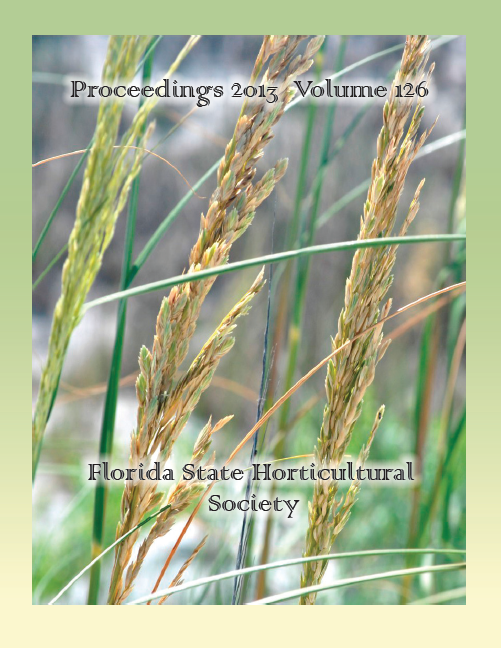Enzyme-based Method for Rapid Detection of E. coli K12 during the Lag Phase or Early Exponential Phase
Abstract
Rapid and inexpensive methods for foodborne pathogen detection are needed in the food industry to help reduce the incidence of outbreaks of illness. Rapid methods have the potential of preventing the distribution of contaminated food and hence decreasing the number of product recalls. Polymerase chain reaction (PCR) methods or immunoassay often require 8 to 18 hours of enrichment to reach the limit of detection for pathogen numbers. We have determined the shortest time needed for Escherichia coliK12 to produce β-galactosidase activity using a colorimetric method during the lag phase or early exponential phase in minimal medium plus selected sugars. Glucose, lactose, fructose, xylose, or galactose were selected as the primary carbon sources for bacterial growth. Using this enrichment, the time was reduced to 6 hours, with a limit of detection in the order of 104 colony forming units per milliliter. This initial proof of concept study supports our hypothesis that selective enzyme activities can be used for early detection of bacteria.

